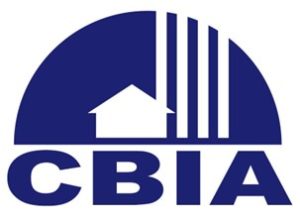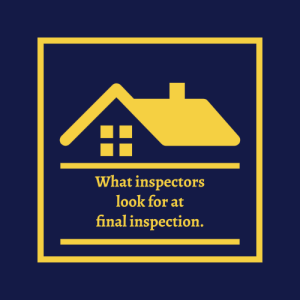
City of Naples:
As the City of Naples area begins the process of cleaning up and rebuilding after the recent flooding and high wind event, the City of Naples Building Department wants to help speed up the recovery process.
- Building Permit inspections are currently suspended until further notice. Online permit submission is open, review and processing continue with remote and essential Team members.
- Permits are NOT REQUIRED for: Tarping, Painting, Tiling, Carpeting, Minor Removal of Drywall and Baseboards no more than 4’ above the floor will not require a permit. Roof covering repairs that do not exceed 500 square feet is allowed without a permit.
For a complete bulletin Click here.
Collier County:
Collier County will accept new permits beginning Tuesday and also work on the backlog of inspections from last week before any new inspections will be scheduled. No talk of suspending new permits.
Lee County:
Update to be provided once received.
Courtesy : CBIA







